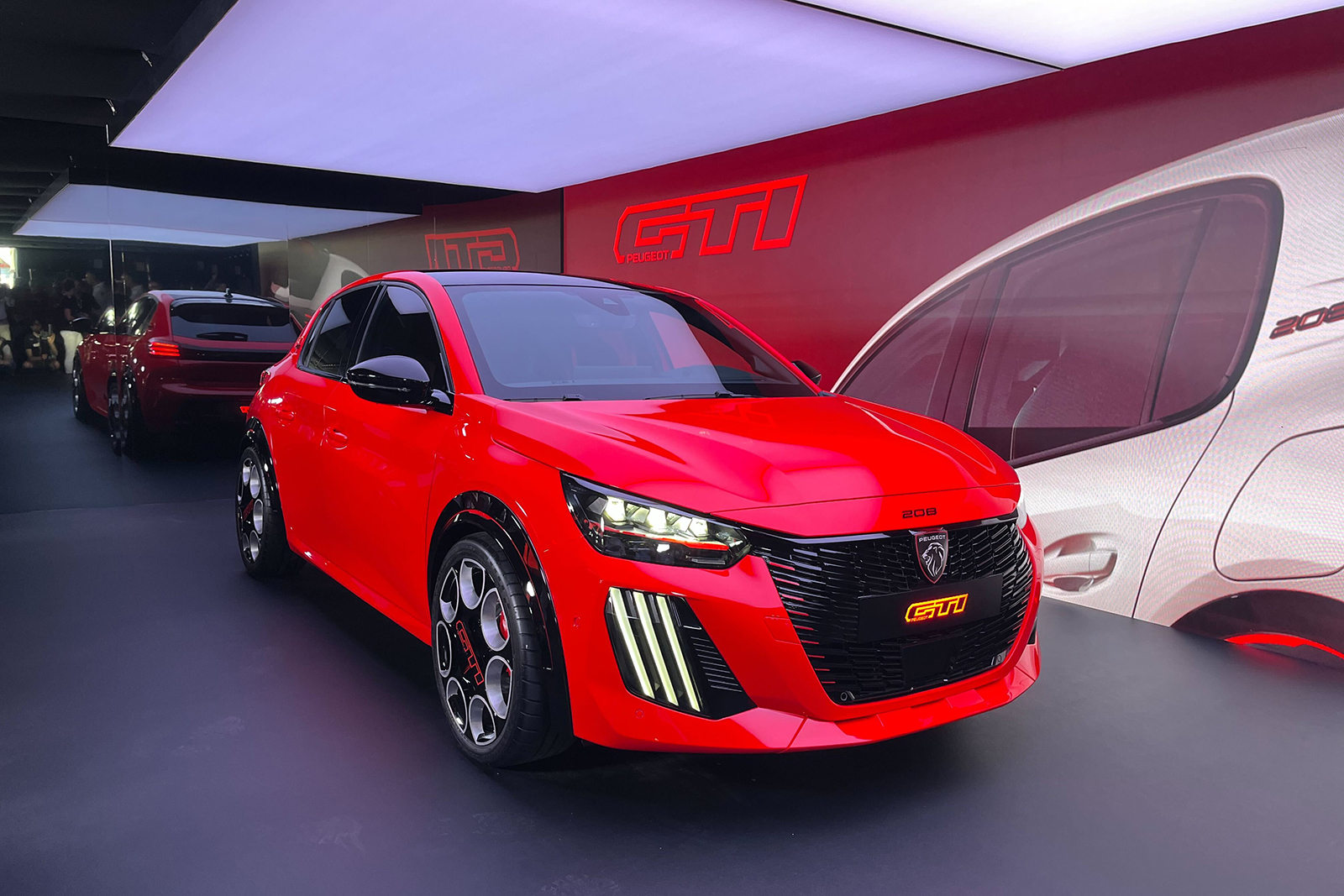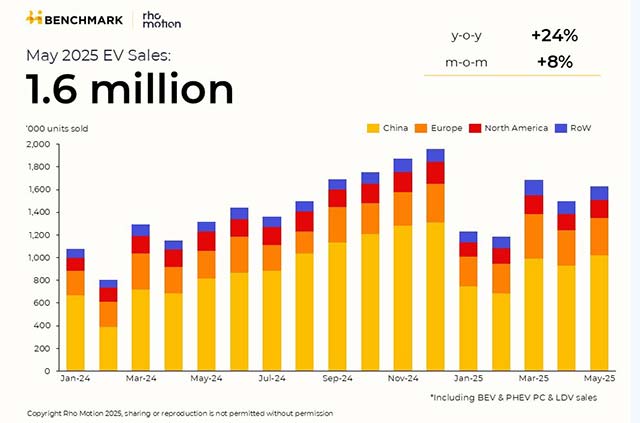Terroir, Tradition and Brazilian Bubbles Shine at Sip of South America 2025
This year's event illustrated how South American winemakers are adapting to changing climates, new drinking trends and greater global visibility. [...] Read More... The post Terroir, Tradition and Brazilian Bubbles Shine at Sip of South America 2025 appeared first on Wine Enthusiast.
On Monday, June 9, Wine Enthusiast hosted its third annual Sips of South America event at City Winery in New York City. Before a walkaround tasting featuring standout selections from over 50 South American wineries, the day-long event opened with a panel conversation moderated by Wine Enthusiast’s Tasting Director Anna-Christina Cabrales and WE Writer-at-Large Jesica Vargas on the current state of South American wine—and what’s on the horizon.
The discussion featured three influential voices in South American wine and hospitality: Daniella Lauricella, wine director at the Llama Group of Peruvian restaurants; chef Fernando Navas, co-founder of Argentinian restaurant Balvanera; and Oscar Garcia Moncada, creative director and senior wine and spirits buyer at NYC’s 67 Wine & Spirits.
The panelists discussed what’s trending, what’s shifting and what still needs to change for South American wines to take up more space on American shelves and lists. Topics ranged from sustainability and evolving consumer preferences to label storytelling and the lingering weight of wine world stereotypes.
Here are the biggest takeaways from the event.
South American Wine Is at a Crossroads
One thing is clear: South American wine is defying stereotypes.
“You kind of have to erase your perceived notion of what South American wine is,” said Cabrales. “Wineries are adapting, styles are changing and profiles are becoming more and more terroir-driven. There are amazing back vintages to explore and even then, you’ll just be scratching the surface of what South American wines are capable of.”
All three panelists emphasized a widespread return to traditional, regional winemaking, often through the use of heritage vines and indigenous grapes.
“I’m paying attention to the heritage varietals from Argentina and Chile, especially the Criolla family varietals,” said Moncada. “We have Moscatel de Alejandria, we have País—you have all of these different varietals that now people are paying a lot of attention to. [Winemakers are] finding these old vines and really making wines that kind of represent what South America is all about and the potential for the future.”
Vargas shared similar impressions from her recent travels to Uruguay and Chile, where regions like Limarí, Itata, Maule and Maldonado are putting out vibrant, terroir-driven wines from heritage vines.
“It’s so exciting to see the wonderful diversity of styles thriving in South America,” she said. “Honestly, there’s never been a better time to explore these wines.”
Boosting Visibility in the U.S. Market
The panel also tackled the challenges facing South American wine in the U.S. market—including perception and visibility.
Lauricella spoke candidly about the lack of representation and advocacy around these wines. “When you go through wine education, in general, you talk about France, you talk about Spain and you talk about Italy—you don’t talk about South America much,” she said. “There’s much easier access with these old-school regions.”
Still, there’s optimism. Navas, whose restaurants boast extensive Argentine wine lists and experienced sommeliers, noted the power of personal storytelling and education in service.
“I think for Argentinian, Chilean and Uruguayan wines, communication is very important in the States…that’s what our sommeliers do at the restaurant,” he said. “It’s just having that connection with the guest—that conversation to understand what they’re looking for.”
Lauricella echoed that importance of transparency, adding that Americans have a generally lower level of base knowledge of South American wine.
“It’s all about opening the bottles,” she said. “It’s about making sure that [the guests] are comfortable and that they understand what they’re getting.”
Climate Change and the Future of Viticulture
The conversation also addressed the growing impact of climate change on South American wine regions. From rising temperatures to shifting harvest dates, climate woes have spurred concern, yes, but also innovation.
At the tasting, Ana Maria Cumsille, winemaker at Viña Carmen, Chile’s oldest winery, let us in on some of the changing norms in viticulture. “In Chile, we don’t call vintages ‘warm’ or ‘cool’ anymore,” she said. “It’s more on a spectrum of ‘warm’ to ‘warmer’ at this point.”
Producers are responding to a shifting climate with altitude-driven vineyard sites, earlier picking and pruning and more intentional winemaking. “There’s innovation happening,” said Cabrales. “And South America is meeting the moment with wines that are age-worthy, distinct and full of personality.”
Brazilian Bubbles and Other Surprises
For the first time, Sips of South America featured Brazilian wines, with a handful of producers pouring stunning selections for guests at the walkaround tasting. The country’s traditional-method sparkling wines—already popular across parts of South America—caught the attention of many U.S. buyers and sommeliers.
Equally popular were a selection of Syrah bottlings from the Minas Gerais region of Brazil. These ranged from complex, oak-aged interpretations full of depth to a much younger, stainless-steel aged version perfect for sipping by the pool (yes, you read that right).
Guilherme Bernardes Neto, part of the family behind the Syrah at Vinícola Barbara Eliodora, drove the point home: “If you see [Brazilian wine] on a shelf, give it a try,” he said. “It might surprise you!”
Looking Ahead
As the bottles continued to pour and the consumer tasting portion of the evening began, the enthusiasm for South American wines was infectious. There was a palpable energy in the room, buzzing with conversation and excitement about the category.
“It’s amazing to see so many winemakers and owners coming to these events, taking advantage of the opportunity to speak with consumers one-on-one,” Vargas said. “Telling the stories of their families—some with over 100 years of experience in winemaking—it’s so exciting.”
As the day wrapped, the message was clear: South American wine has momentum, and the future looks bright.
More South American Wine Coverage
- Did you miss last year’s Sips of South America? Read our recap.
- Find out how these European varietals have come to define South American wine.
- Looking for more South American bubbles? These three countries are joining Brazil at the forefront of sparkling wine production.
- Inside the Chilean regions producing world-class Sauvignon Blanc.

From the Shop
The Best Wine Fridges
A wine fridge is the best way to ensure your wine is stored properly, and these attractive units allow you to show off your collection in style.
The post Terroir, Tradition and Brazilian Bubbles Shine at Sip of South America 2025 appeared first on Wine Enthusiast.
















































































































































